
Microglia, discovered in 1919 by Pío del Río-Hortega, turned 100 years old in 2019. For a long time, microglial research has been hindered by the misconception that these cells solely functioned as macrophages involved in the neuroinflammatory response. However, over the last few decades, there have been a flourish of unexpected discoveries of microglial functions, from synaptic remodeling and establishment of brain connectivity, to modulation of neurogenic niches, myelination, and blood-brain barrier maintenance.
The symposium, 100 Years of Microglia, celebrated one century of microglial research through a series of plenary lectures on selected topics in brain physiology and pathology. The event was organized by Rosa C. Paolicelli from Université de Lausanne, Amanda Sierra from Achucarro Basque Center for Neuroscience, and Helmut Kettenmann from Max Delbrück Center for Molecular Medicine.
These recordings were made possible thanks to the support of the FENS Committee for Higher Education and Training (CHET).
-
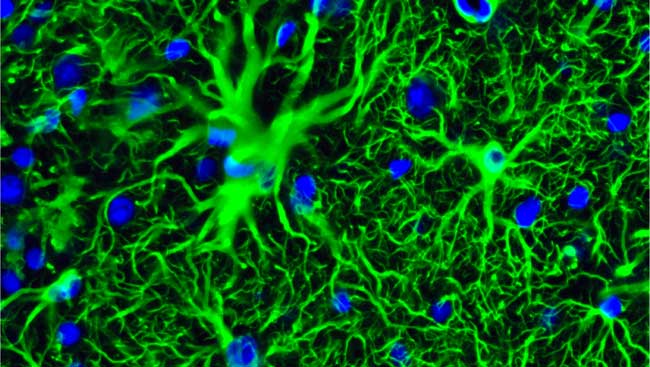 Glia: A Historical Perspective
Glia: A Historical PerspectiveIn this video, Helmut Kettenmann talks about the state of neuroscience research at the beginning of the 20th century, and describes the discovery of microglia by Pio del Rio-Hortega.
-
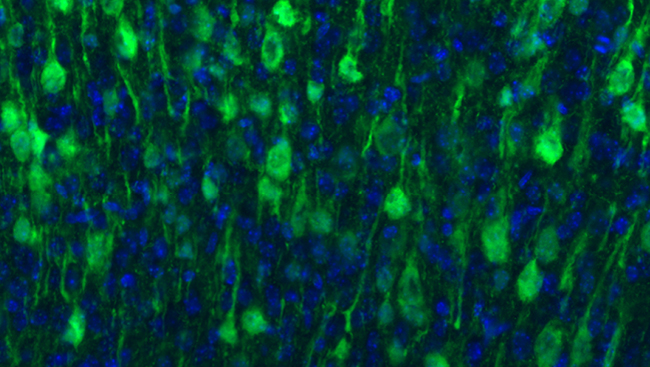 Pío del Río Hortega: Notes from His Grandnephew
Pío del Río Hortega: Notes from His GrandnephewIn this video, Juan del Rio Hortega, the grandnephew of Pio del Rio Hortega, describes the historical context in which microglia were first discovered, through readings of the original correspondence between Pio del Rio Hortega and several scientists, including Ramon y Cajal.
-
 Microglia in Development
Microglia in DevelopmentIn this video, Sonia Garel discusses the emerging roles of microglia in brain development, going through the major functions of microglia in the embryonic and early postnatal brain.
-
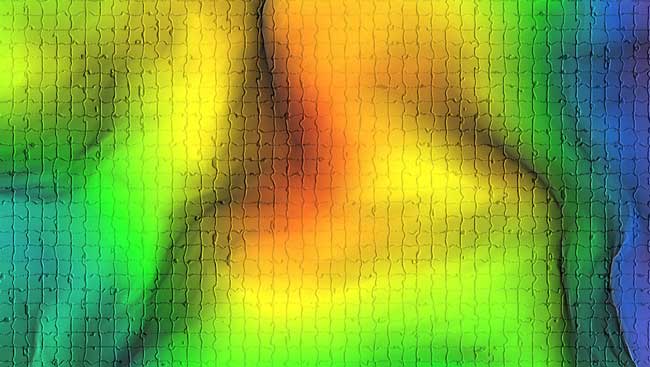 Physiology of Microglia
Physiology of MicrogliaIn this video, Amanda Sierra talks about the roles of microglia in brain physiology, including constant synapse monitoring and contribution to adult neurogenesis, to highlight the important functions of microglia in the healthy adult brain.
-
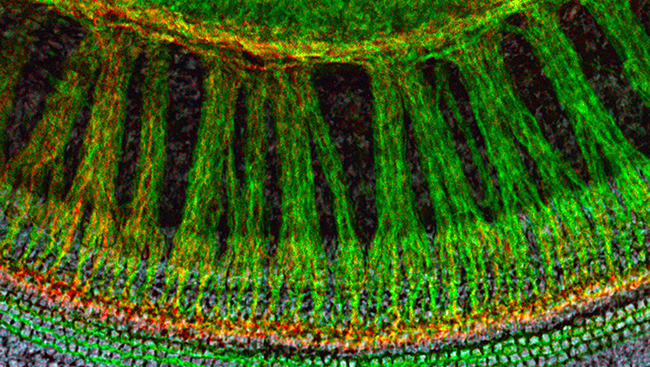 Psychiatric Disorders and Microglia
Psychiatric Disorders and MicrogliaIn this video, Susanne Wolf discusses how microglia contribute to neurodevelopmental and neuropsychiatric disorder, such as autism spectrum disorders and schizophrenia, highlighting the relevance of mouse models for studying these disorders.
-
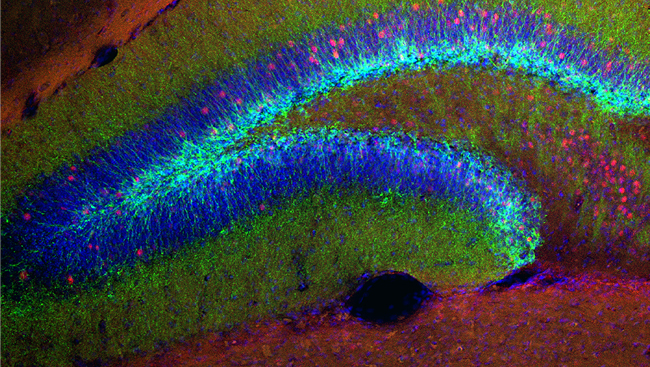 Microglia in Neurodegeneration
Microglia in NeurodegenerationIn this video, Diego Gomez-Nicola talks about the crucial role of microglia in neurodegenerative disorders, highlighting the implication of microglial dysfunction in Alzheimer’s disease.
-
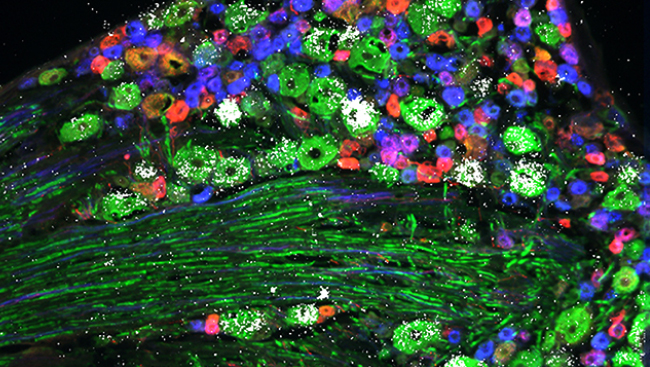 Models in Microglial Research
Models in Microglial ResearchIn this video, Francesca Peri describes the experimental models currently available to study microglia, with special attention to different animal models, ant to the recent advances in “in vitro” models, such as induced-pluripotent stem cell (iPSC) derived microglia.
-
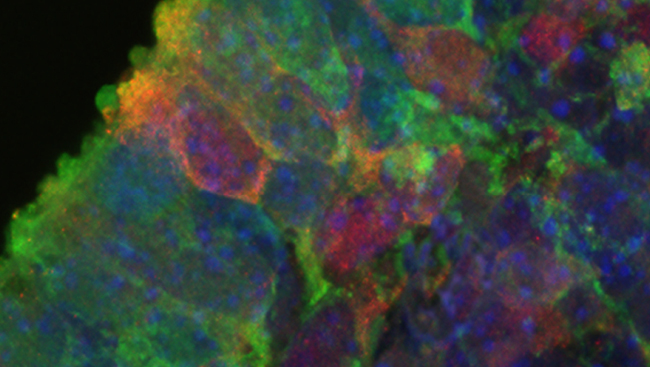 Tools to Study Microglia
Tools to Study MicrogliaIn this video, Daniel Erny talks about novel tools and approaches to study microglial functions, describing pharmacological, genetic tools, and latest advances in transcriptomics, also highlighting the heterogeneity of microglia.












